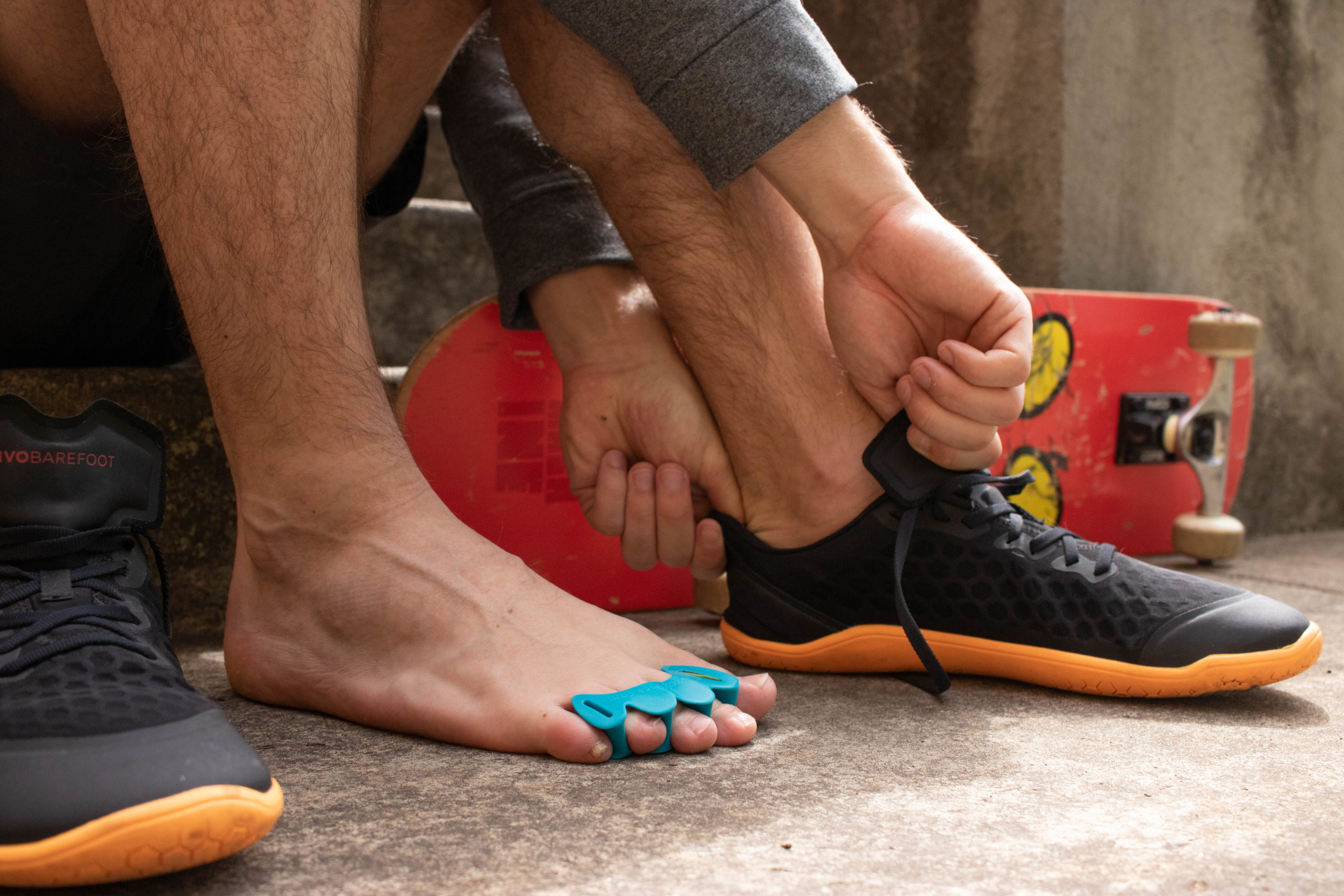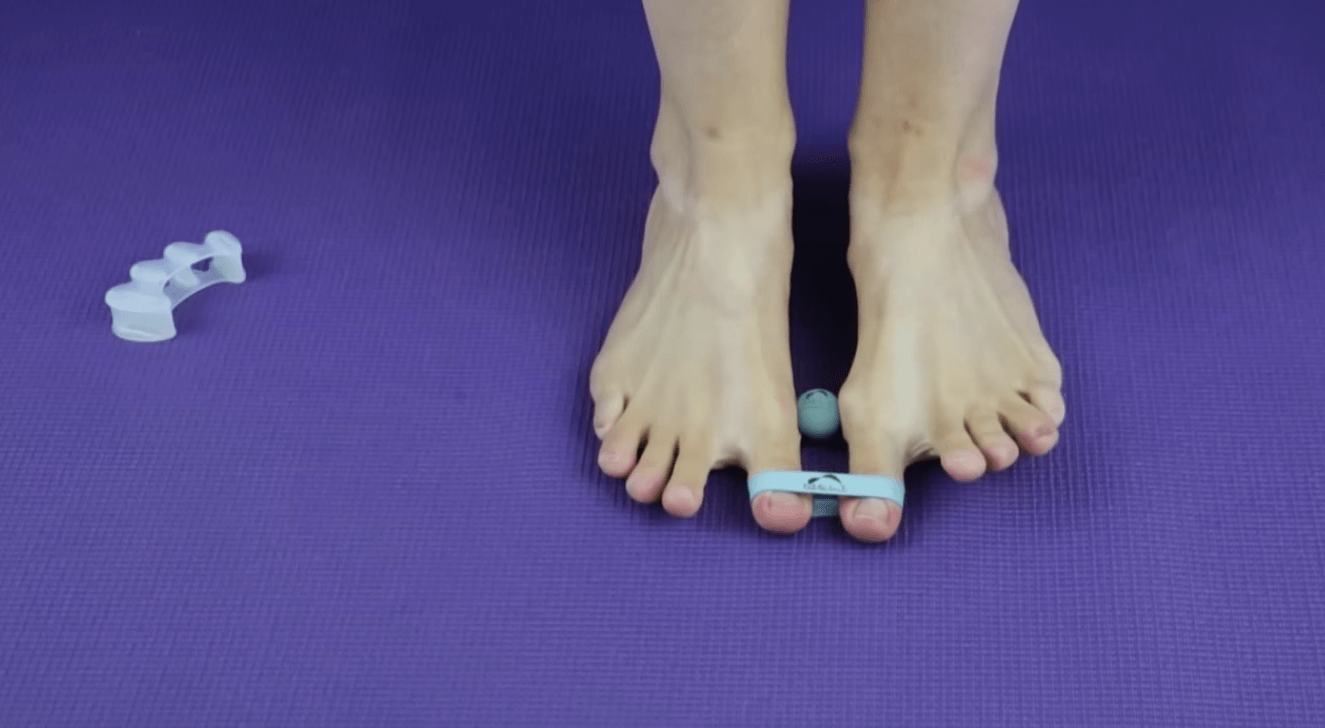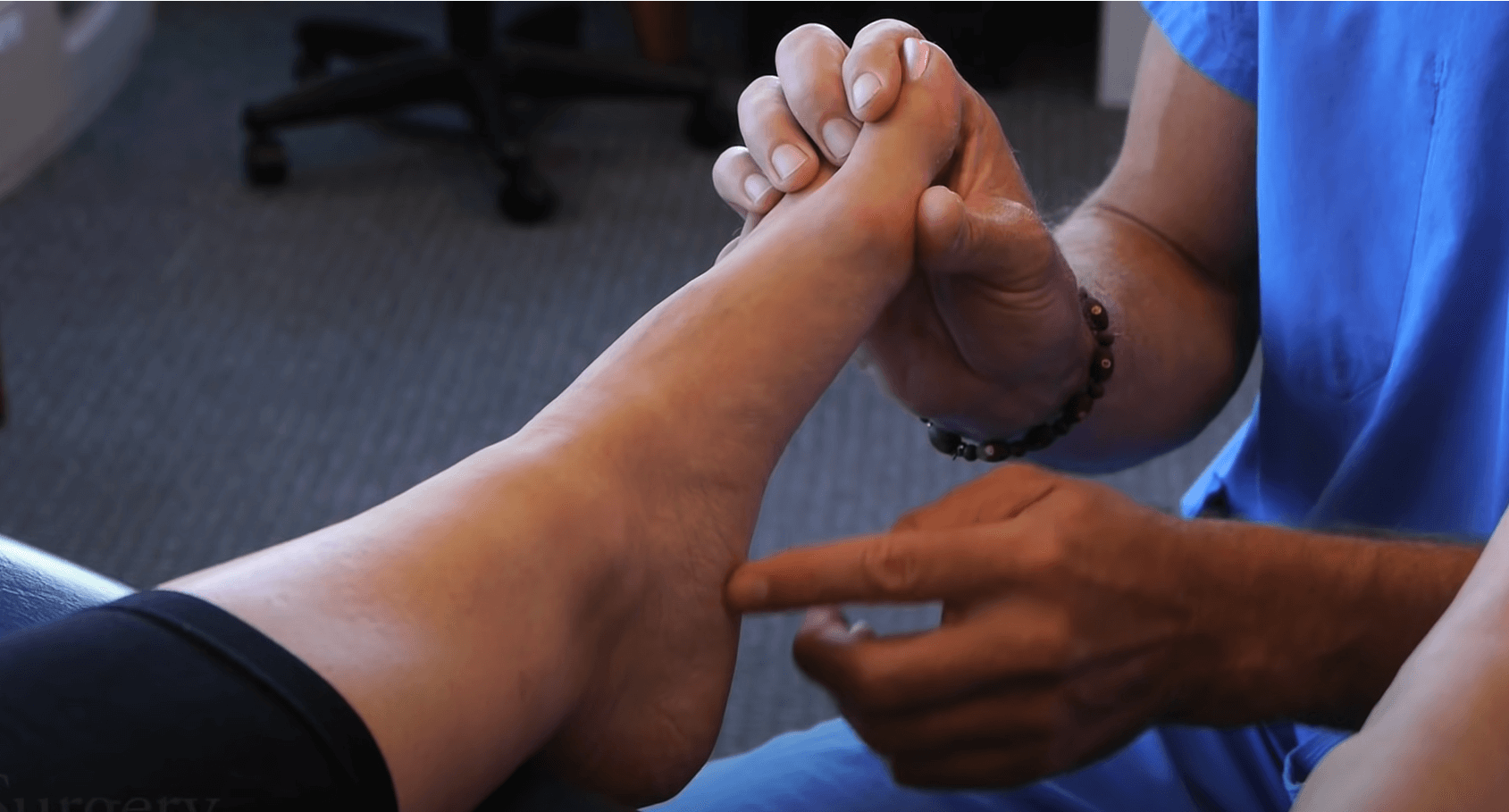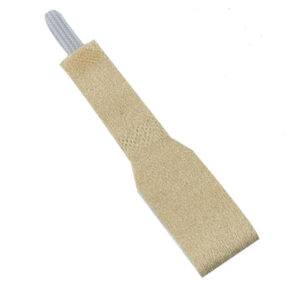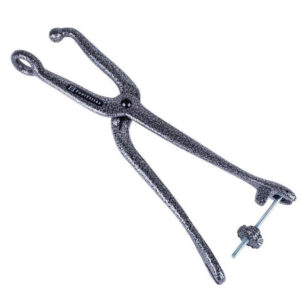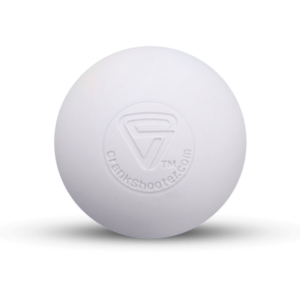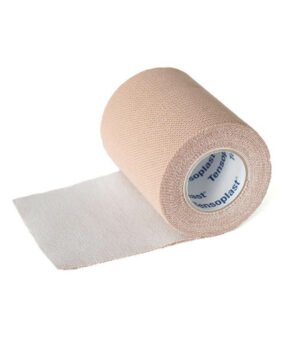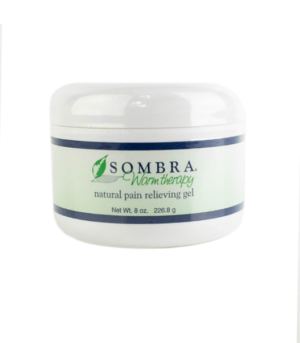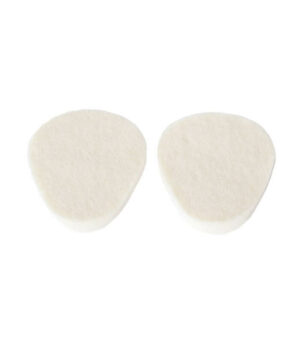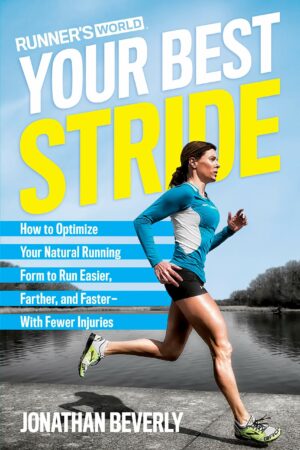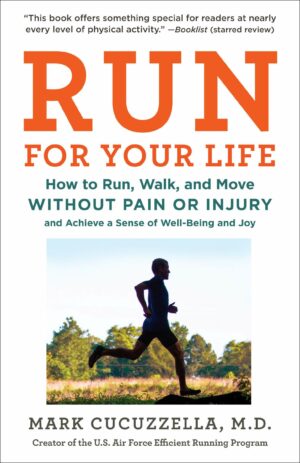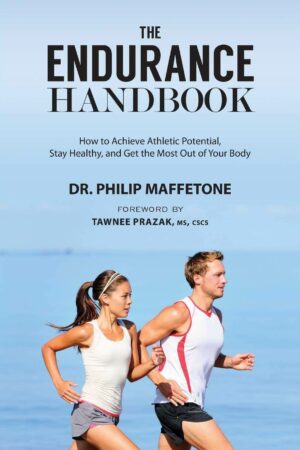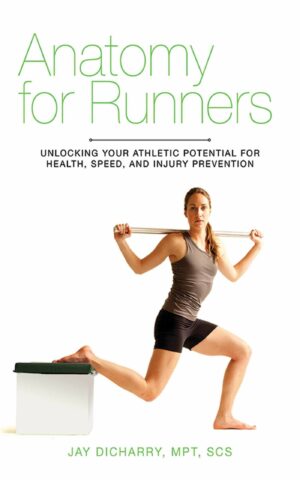It’s no surprise professional athletes are willing to do whatever it takes to keep their bodies in peak form; and for many athletes, it starts with their feet. Correct Toes is the premier toe spacing tool and is utilized all across professional sports. Trainers, individual athletes, and whole teams in the NBA, NFL, Olympic runners, and now pro skateboarders are all taking huge strides in their foot health thanks to Correct Toes.
Correct Toes help to reposition the toes into optimal anatomical alignment, allowing the feet to move and function as nature intended. Correct Toes help improve circulation, cultivate balance, and strengthen intrinsic foot muscles, as well as relieving pain and assisting in injury prevention and injury recovery.
When skateboarding, maybe more so than most other sports, the feet take on some incredible impact forces. Each trick requires the skater to jump as high as they can, while flicking (and sometimes flipping) the board with their feet, and then landing; sometimes even jumping down sets of stairs and off of roofs! A skateboarder’s feet are not only susceptible to the sheer impact forces from landing, but also to the impact from the toes sliding up and jamming into the toe box. Aside from these considerable forces, skateboarding requires exceptional balance. Balance is essential not only for landing tricks and steering, but also just for staying on a fast-moving skateboard in the first place! As we know, good balance comes from a strong, wide base like that of a foot that uses Correct Toes.
We recently reached out to a couple of our Professional Skateboarder friends to ask them about their foot health.
- After the interview, read about Foot Strengthening and Stretching Exercises for Skateboarders and Common Skateboarding Injuries and Conservative Treatments.
- – Aaron “Jaws” Hamoki (Arizona, USA)
- Birdhouse Skateboards, FootPrint Shoes
- Follow Jaws on Instagram: @aaronjawshomoki
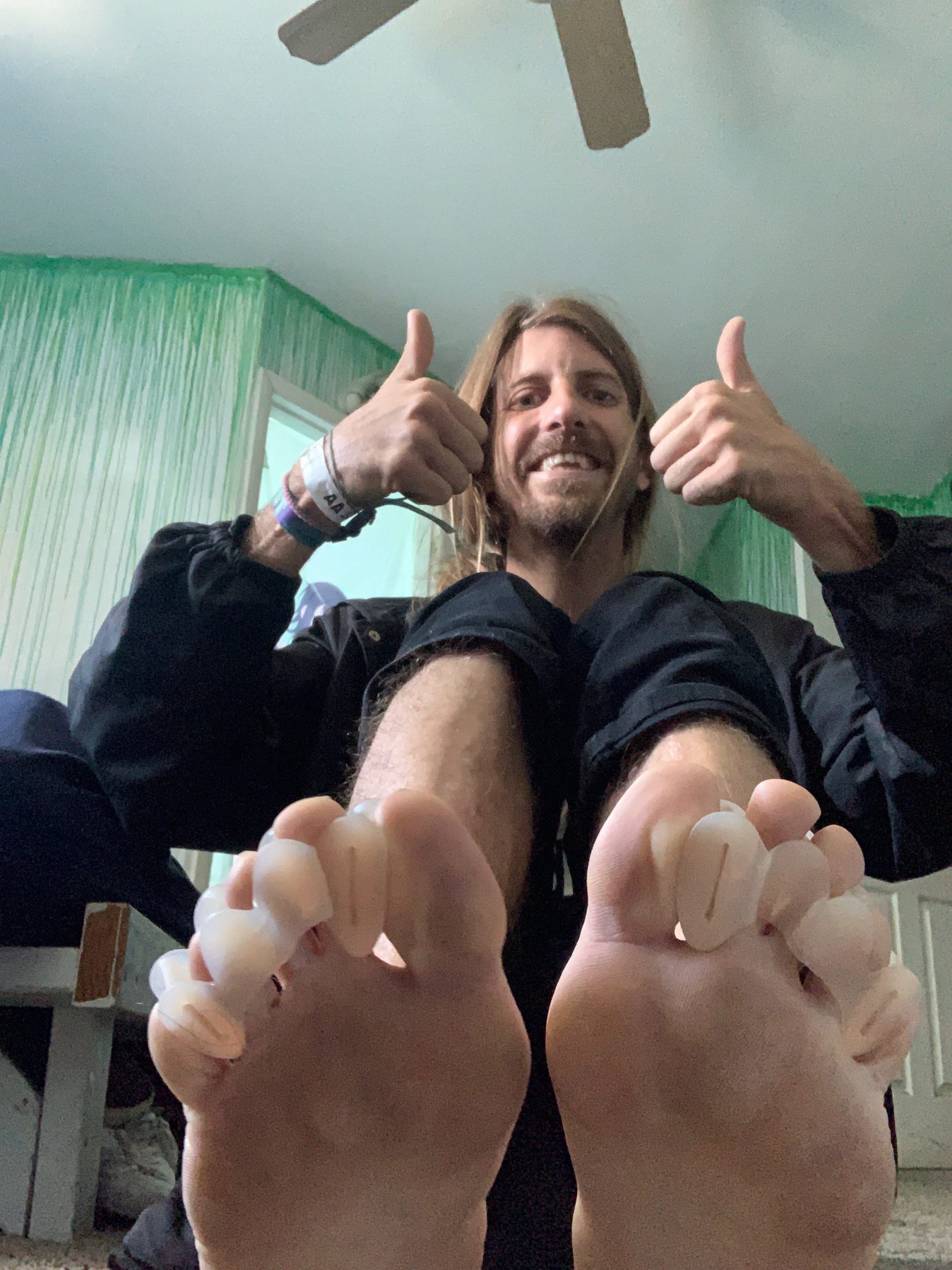
- – Axel “Crusher” Cruysberghs (Poperinge, Belgium)
- Toy Machine Skateboards, Vans Shoes
- Follow Axel on Instagram: @axelcrusher
-

Photo by: @shredcorn (Instagram)
- – Jake Hayes (Sydney, Australia)
- Deathwish Skateboards, New Balance Numeric Shoes
- Follow Jake on Instagram: @jakehayes
-

Photo by: @murdythedawg (Instagram)
Here’s what they had to say:
- How did you hear about Correct Toes?
- Jaws: First heard about Correct Toes just off a google search! I think I typed something like “best toe spacers for bunions” and Correct Toes popped up.
- Axel: I was looking into toe spacers and how they work and what they do. I told my friend about it and he told me to get Correct Toes. He’s been using them because he has bunions and the Correct Toes helped him a lot.
- Jake: I heard about Correct Toes via Axel Cruysberghs Instagram.
- What foot and ankle problems have you experienced?
- Jaws: I have rolled both ankles a number of times, lots of heel bruises, got some hammer toes going on, but mainly really bad bunions on both feet. That’s what I use Correct Toes for though, to help with my bunions. I have gotten lucky with not breaking anything but I have torn some ligaments in the ankles.
- Axel: I’ve had many rolled ankles so I’ve been working on that to get them stronger. I started looking into toe spacers because I felt like my toes were really tight. I like to skate with tight shoes so I got worried that my toes would get messed up. Often my feet were hurting.
- Jake: Throughout my 20+ years of skating I’ve suffered from countless rolled ankles resulting in fractures, stretched and torn ligaments and bruised metatarsals.
- How do you think skateboarding leads to foot and ankle problems? How important is it to have strong, healthy feet when skateboarding?
- Jaws: When you skateboard you are constantly using your feet. Once you start trying to progress your skating, you’re more than likely going to get injured on your feet/ankles. I think that the skate shoes do have something to do with bunions. I wear tight shoes and with the amount of stuff I jump off and my toes ramming into the edge of the shoes, it’s directly related to bunions. It is so important to have strong feet when skating. Your feet are your foundation and you need your foundation to be strong and healthy!
- Axel: When you skate you use your feet in all kinds of ways. You jump down stuff, flipping the board. It’s really important that they’re strong. So when you jump and flip the board sometimes you land funny and get hurt. Not always bad, but little by little your feet and ankles are getting more “unhealthy,” if you know what I mean. So you have to try to keep them happy and healthy!
- Jake: Skateboarding is harsh on your feet. Jumping off all sorts of obstacles is always going to have some sort of complications in the end, whether it’s from shoes being too tight and your toes being crammed or landing incorrectly and bruising your heel. It’s critical to have strong, healthy feet because your feet control your skateboard. Your abilities are going to be severely limited with foot problems.
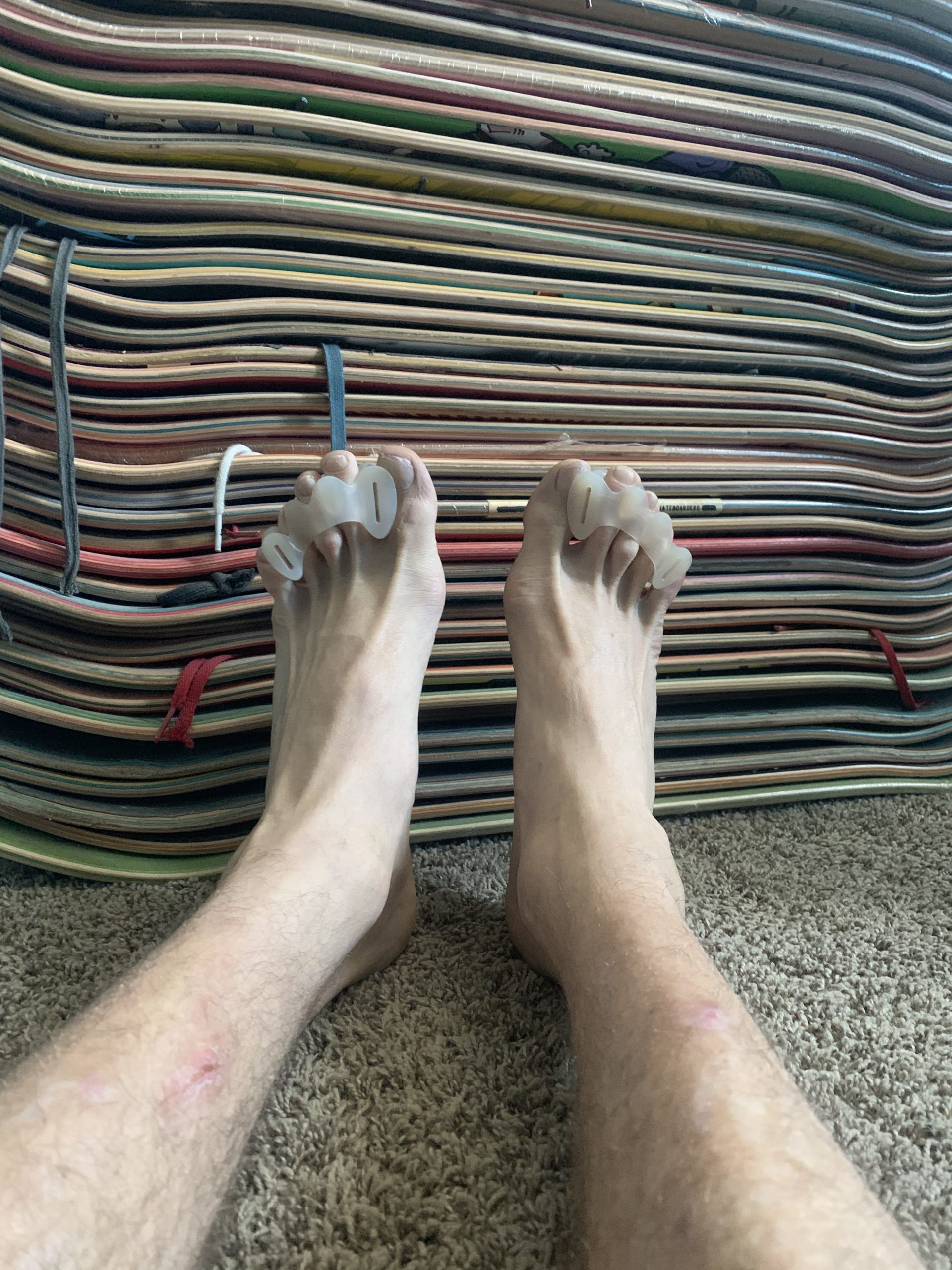
- What has your experience with Correct Toes been? How often do you wear them? How long have you been using Correct Toes for?
- Jaws: My experience with Correct Toes has been the best ever! I don’t think I would be able to do the things I can if I didn’t find Correct Toes. I wear them almost every night and they relieve a lot of pain in my feet. I have been using them for like 4 years now.
- Axel: I’ve been wearing them for an hour or more every day for 3 months. So far it’s been great!
- Jake: My experience has been great! I try to wear them as much as possible. I’d say I wear them for 2-3 hours most nights while I’m doing stuff around the house before I go to bed. I’ve been using them for about 2 months now!
- Would you recommend Correct Toes to other skateboarders?
- Jaws: Yes, I would highly recommend Correct Toes to other skateboarders having foot trouble. I actually have recommended it to a few other professional skateboarders and they still use them.
- Axel: I have recommended Correct Toes to other skaters and non-skaters.
- Jake: I would definitely recommend correct toes to any skateboarder facing problems with bunions. I’m really trying to avoid surgery and I’m sure most people are in the same boat.
- Have you ever worn Correct Toes while skating? Do Correct Toes comfortably fit inside any of your skate shoes? What are your favorite skateboarding shoes?
- Jaws: I’ve tried to skate with them in and it’s too tight. I feel like they are a little too tight to sit comfortably in a skate shoe so I don’t put them in. If I do wear them in a shoe I take all the laces off my shoe and just walk around in them. But I will bring them in my car and after I’m done skating throw them on and drive home haha. My favorite shoe to skate in is FootPrint shoes. They are high quality shoes that can take impact. I am actually going to have my own model with them dropping September this year.
- Axel: I only tried to wear them in shoes once and it was too tight. I’d love to find shoes that fit the Correct Toes so I can walk around more in them and travel. I ride for Vans so I always skate Vans.
- Jake: I’ve never tried to skate using Correct Toes as they don’t fit. I wear New Balance Numeric while I skate.
Big thanks to Jaws, Axel, and Jake for supporting Correct Toes and natural foot health! If only we could get some shoe companies “on board” (dad joke) to make some skate shoes with toe boxes wide enough at the ends to fit Correct Toes, I think we’d see some healthier skater feet with less injuries and potentially a little more “pop” in their ollies.
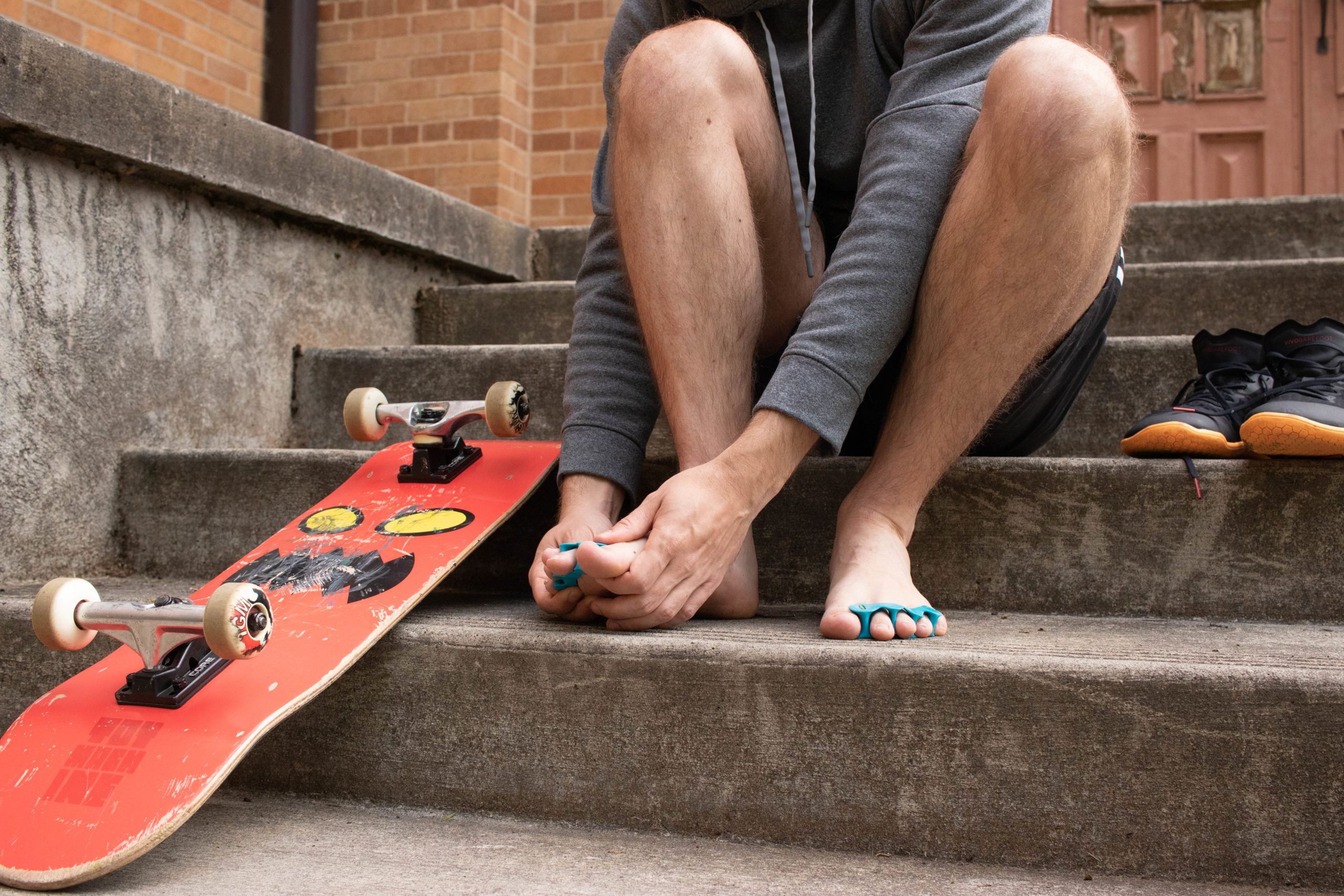
Foot Strengthening and Stretching Exercises for Skateboarders
Strengthen Intrinsic Foot Muscles: Here is a video of 5 foot strengthening exercises, including: toe lifts, toe presses, toe spreading, short foot, and hacky sack curls. These exercises will help you to develop and fortify the intrinsic foot muscles. Intrinsic foot muscles are the small muscles within the foot responsible for the fine motor actions of the feet that play an incredibly vital role in balance and allow you to move your toes individually. Please see the following video by Dr. Ray McClanahan for further explanation about the importance of strong intrinsic foot muscles.
Bunions: Here is a video of some bunion reversal exercises. Bunions are relatively common amongst athletes, as they tend to exert more forces on their feet and toes, while also wearing tight-fitting shoes. Exercises like the ones provided in the link above are a great way to conservatively approach reducing bunions without surgery.
Hammer Toes: Here is a video of some useful stretches for hammer toes. Hammer toes usually develop from an imbalance between the toe extensor tendons and muscles that run through the dorsum (top) of the foot and the toe flexor tendons and muscles that run through the plantar aspect (sole or bottom) of the foot. Although skateboarding shoes are traditionally flat, with no heel elevation or toe spring (which we love and is beneficial for reducing hammer toes), the athletic position assumed while skateboarding is one of standing up on the toes while crouching. This position leaves a skateboarder constantly in a posture of extended toes, just like a shoe with heel elevation and toe spring would. A regular habit of doing the stretches shown in the link above will help reduce hammer toes and improve toe mobility and function.
Strengthen Core and Lower Body: Here is a video of some lower body strengthening exercises that can be performed while wearing Correct Toes. The addition of wearing Correct Toes while doing these exercises will give you more stability at the foot-ground interface while performing the exercises, so you can focus on the strengthening the muscles groups the exercises were designed for. Additionally, having the Correct Toes on will help to establish a healthy foot posture while you are active.
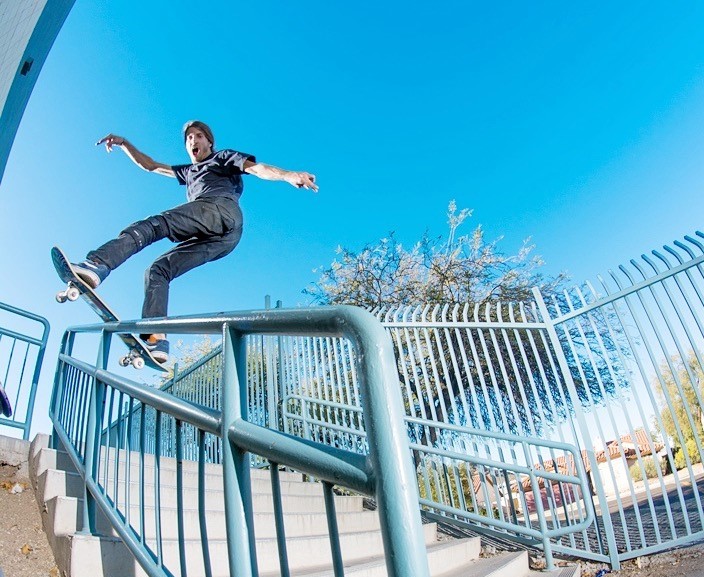
Common Skateboarding Injuries and Conservative Treatments
- DISCLAIMER: Please note that Correct Toes does not provide medical advice, diagnosis, or treatment. The content contained in this website and in the post are for educational or informational purposes only and is not intended to replace or augment professional medical instruction, diagnosis, or treatment. Do not shun professional medical assistance or avoid seeking treatment for your health problems due to something you have read or viewed on this website. Schedule an appointment with your primary care provider if have any questions about medical conditions or your health status. Correct Toes does not accept responsibility for the use of this website for anything beyond a reference tool, and any use of this website as a diagnosis or treatment tool is at your own risk. Always consider reviewing all information and products with your physician, as your doctor can best assess your personal healthcare needs.
Sprains and Strains – Very similar injuries with similar symptoms. In both cases pain, swelling, and limited range of motion are experienced. A strain is an injury to contractile tissue, i.e. overstretched or pulled muscle, muscle tear, tendon tear. Tendons are the attachment sites of muscles onto bone and you are more likely to experience muscle spasm and cramping with strains. A sprain is an injury to non-contractile tissue, i.e. overstretched ligament or ligament tear. Ligaments are the bands of tissue that connect 2 bones together in a joint and you are more likely to experience bruising with sprains. The majority of ankle sprains are inversion sprains to the lateral ligaments, typically the anterior talofibular ligament and the calcaneofibular ligament.
- – Treatment: First and foremost, rest. For immediate pain, consider acetaminophen (Tylenol), which is not an NSAID, as it will help to relieve pain without inhibiting inflammation. Acute inflammation is a healing response and shouldn’t be suppressed. Additionally a topical heat-based sports cream like Sombra can help to reduce pain and dilate blood vessels. The capsaicin (from the cayenne pepper) in Sombra depletes the chemomediator of pain impulses along nerve fibers, temporarily relieving pain. Although ice can help to numb pain, we don’t recommend ice long-term because it constricts blood vessels and slows the healing process. Alternatively, heat helps to dilate the blood vessels so the body can more quickly bring in healing precursors and clear away debris. For swelling, consider elevating the foot above the level of the heart and wearing a compression sleeve. Swelling is initially part of the healing response, but if it persists it may require a little assistance to reduce as it is easy for fluid to accumulate in the foot due to gravity and posture. Supplements like Ligament Restore by Pure Encapsulations, which contains collagen, glucosamine, chondroitin, hyaluronic acid, vitamin C, lysine, and proline, can help to promote cartilage synthesis and support collagen formation for healthy tendons, ligaments, and joints.
Plantar Fasciosis – Commonly mistakenly called plantar fasciitis, chronic pain felt between the heel and the main foot arch is more accurately termed plantar fasciosis because the tissue involved is actually more often a collection of dead tissue, and not active inflammation. The skateboarding posture we detailed above (on the toes and crouched) causes the flexor muscles under the foot to become excessively stretched and weakened, while the extensors on top of your foot become too tight. Additionally, a tapered toe box causes the flexor retinaculum and abductor hallucis muscle on the medial aspect of the foot to become taut from over-extension and compresses the posterior tibial artery. The blood flow to the plantar fascia becomes compromised by the position the foot is held in and this lack of blood flow causes parts of the plantar fascia to degenerate and become necrotic and fibrotic.
- – Treatment: Look for natural, healthy footwear with a toe box widest at the end and flat and flexible sole. Spreading the toes with the use of Correct Toes allows the calf deep flexor muscles to lengthen and engage more fully, offloading stress on the plantar fascia. Natural foot and toe position help optimize circulation in the foot tissues, encouraging removing of fasciotic accumulation and delivery of oxygen to plantar fascia tissue. Metatarsal Pads and stretches like the toe extensor stretch will encourage top-of-foot lengthening and relaxing of the plantar fascia. See this video by Dr. Ray McClanahan for more information on treating plantar fasciosis with conservative care.
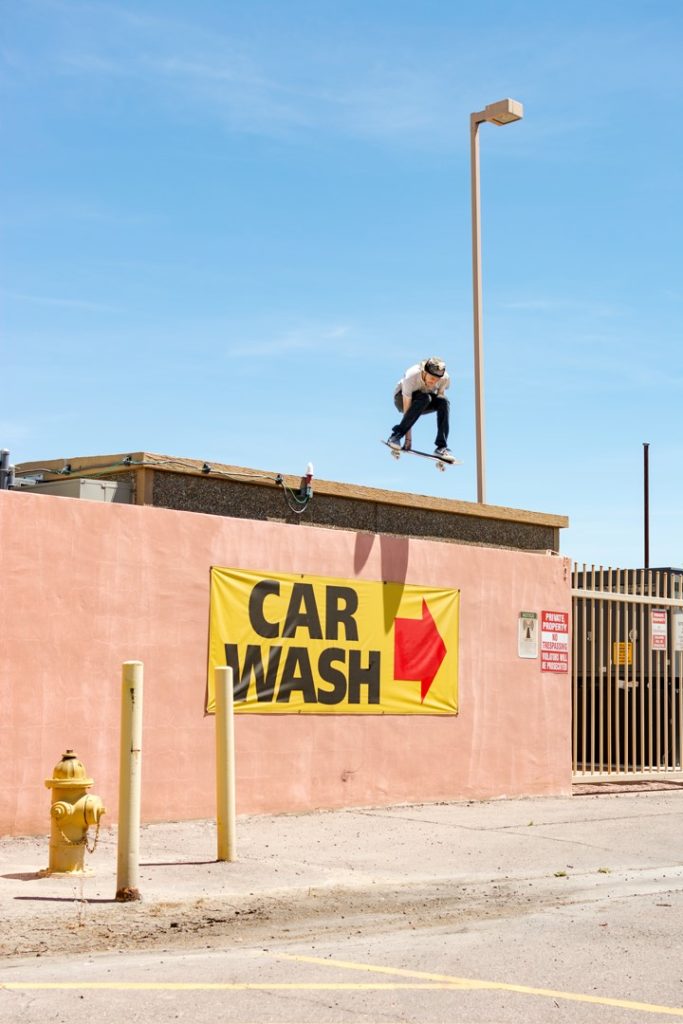
Bunions – Medically known as hallux abductovalgus, a condition in which the big toe and first metatarsal bone (the long bone located directly behind the big toe, extending to the midfoot along the medial arch) are displaced, exposing the head of the first metatarsal bone. The ‘bump’ of the bunion is not a growth of bone, but rather the exposed first metatarsal head, as the big toe shifts towards the second toe. The resulting shift of the first metatarsal widens the ball-of-the-foot and destabilizes the midfoot and may become reddened and enlarged when compressed in footwear. Pressure from footwear may irritate the skin or cause additional soft tissue enlargements as the body tries to protect the displaced bone. While there is heritable disposition to bunion formation, the underlying cause of bunions is narrow, tapered toe boxes.
Note: A tailor’s bunion (bunionette) is a bunion on the 5th toe (pinky).
- – Treatment: The first and most important step in the conservative and natural management of bunion formation involves a departure from conventional footwear and toward naturally shaped footwear. Avoid toe spring, heel elevation, and tapering toe boxes when selecting footwear. Correct Toes, our anatomical toe spacer, helps to align, strengthen, and restore toe function. Also consider range of motion exercises that relocate the big toe such as the bunion stretch and soft tissue release. See this video by Dr. Ray McClanahan for more information on treating bunions with conservative care.
Hammer Toes – A hammer toe happens when a toe becomes both flexed slightly upwards into dorsiflexion at the metatarsal-phalangeal (MTP) joint, and also flexed downwards into plantarflexion at the first toe joint, or proximal interphalangeal (PIP) joint. The development of hammer toe formation is slow, typically occurring over years and decades. Inappropriate footwear is the most significant factor in the development of hammer toes; however for skateboarders, the cause is more commonly related to the athletic skateboarding posture where the skateboarder stands up on theirs toes in a crouched position. Additionally, shoes that are too narrow in the toe box force the toes into a curled and deformed position, and shoes with an elevated heel shorten the calf muscles, including the extensor and flexor muscles that insert on the toes, pulling the toes back into the hammer toe shape. Over time, the toe tendons adjust to this unhealthy configuration, causing the toes to hold a hammered shape. Athletes may be especially susceptible because of the increased forces on the toes from shoes that are too small or too tight.
- – Treatment: Again, healthy, natural footwear is the place to start. Shoes without heel elevation, without toe spring, and with toe boxes widest at the end allow the feet to be flat on the ground with the toes splayed wide. Correct Toes can also aid the recovery of mobile hammertoes by placing force over the PIP joint to encourage the toe to lengthen and lay flat. Metatarsal Pads are a great tool that can be placed inside shoes that will encourage top-of-foot lengthening and relaxing. Stretching exercises like the toe extensor stretch or hammer toe stretch can be very beneficial in reshaping the soft tissue to allow for hammer toes to return to lying flat. See this video by Dr. Ray McClanahan for more information on treating hammer toes with conservative care.

Regenerative Injection Therapy
For injuries and pains that are taking longer than expected to heal, consider regenerative injection therapies. These therapies activate the body’s self-healing mechanisms in order to heal damaged or degenerative tissues. Regenerative injection therapies recruit the growth factors and white blood cells that normally come to repair tissue from injury without reinjuring the tissue. This can strengthen tendons, repair ligaments, and regrow cartilage. Prolotherapy typically involves injecting dextrose (a sugar solution) into a problem area to trigger a local immune response, with the body sending immune cells and growth factors to the area, cleaning up damaged tissues in the process. It is important to have a robust immune system for this therapy to be successful. Platelet-Rich Plasma injections involve drawing blood, centrifuging it, and re-injecting the platelet-rich plasma, which is full of growth factors and platelets, directly into the problem area. This procedure is slightly more invasive but skips the step of having the body respond to an irritant, by directly injecting the platelets into the problem area. Stem Cell Therapy is a somewhat controversial therapy that involves injecting stem cells from one’s own bone marrow, one’s own adipose tissue, or from an external source such as amniotic fluid or umbilical cord. Stem cells are immature cells that provide a scaffolding to become many different types of cells, depending on the environment they are injected into. In a multitude of ways, regenerative injection therapies focus the body’s innate healing response in a specific area to induce rebuilding and regeneration.
Note: A cortisone injection is NOT a regenerative injection therapy. Cortisone is an anti-inflammatory steroid that shuts off the healing process in order to relieve pain. While pain relief can be helpful in the short term, unfortunately, cortisone often leaves the tissue weaker and more degenerated in the long term.
Written by: Dr. Andrew Wojciechowski, ND
If you’re seeking more individualized foot health care and would like to work with Dr. Andrew directly, you can schedule at Northwest Foot and Ankle.
Schedule a virtual remote consultation with Dr. Andrew Wojciechowksi, ND.
Schedule an in-person appointment with Dr. Andrew Wojciechowski, ND at Northwest Foot & Ankle in Portland, OR.


